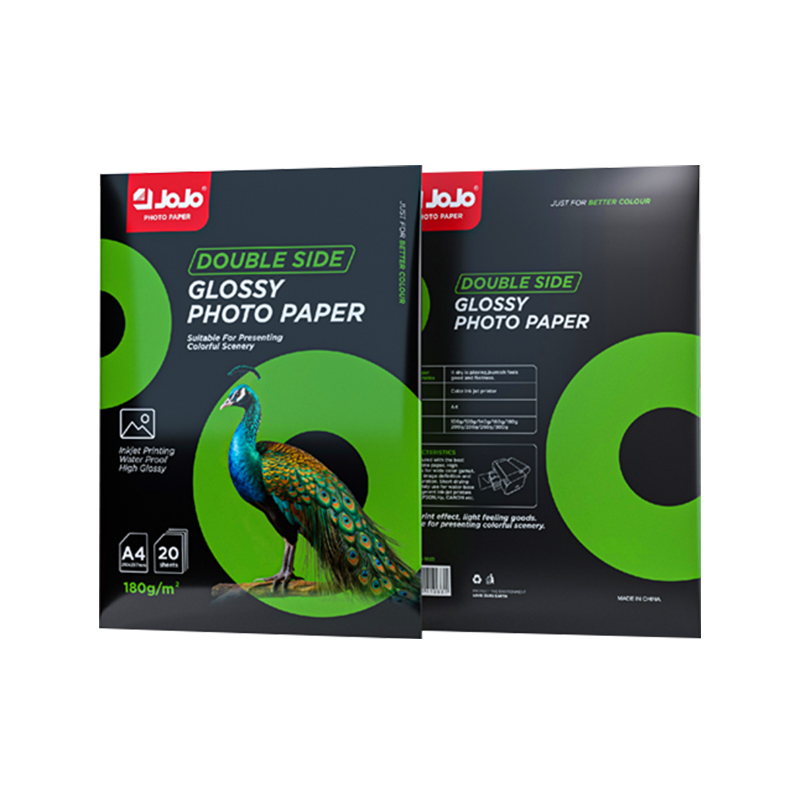If you need any help, please feel free to contact us
UV Resistance In Inks For Long-Term Outdoor Use
In the digital printing and labeling industry, the durability of printed output under various environmental conditions is a growing concern—especially in outdoor applications. Among these conditions, ultraviolet (UV) radiation poses a significant threat to printed materials, potentially pilot to fading, discoloration, and a reduction in legibility. This article explores how UV resistance in inks plays a critical role in ensuring the longevity of printed materials used in outdoor settings, particularly when applied to products such as 57 x 40 thermal paper rolls, thermal paper roll 80x80, and thermosensitive paper.

The Nature of UV Radiation and Print Degradation
UV radiation, a component of natural sunlight, can cause photodegradation of inks and substrates over time. When printed surfaces are continuously exposed to sunlight, the chemical bonds within the ink pigments or dyes may break down. This results in fading, color shifts, and reduced contrast—making printed labels or receipts hard to read. This effect is not limited to paper signs and posters but also impacts commercial labeling and ticketing systems that use thermal and thermosensitive printing media.
UV Exposure and Thermal Paper Products
Thermal paper, including 57 x 40 thermal paper rolls and thermal paper roll 80x80, is widely used in receipt printers, kiosks, and point-of-sale systems. These rolls are coated with a thermosensitive layer that reacts to heat from the print head, producing legible text or images without the need for ink cartridges or ribbons. However, this coating is particularly sensitive to environmental stressors like heat, humidity, and UV exposure.
For thermal paper exposed to outdoor conditions—such as parking tickets, delivery receipts, and transit fare slips—UV resistance is crucial. Even short-term exposure to sunlight can cause the print to fade rapidly if the ink formulation or coating lacks UV stabilization. That’s why the formulation of thermosensitive coatings and any supplemental ink used for branding or highlighting is critical for applications requiring extended exposure to sunlight.
Pigment-Based vs. Dye-Based Inks for UV Resistance
In inkjet and flexographic printing technologies, pigment-based inks typically offer better UV resistance compared to dye-based inks. Pigments consist of larger particles that sit on the surface of the media and are more resistant to chemical changes caused by UV light. Dye-based inks, on the other hand, are water-soluble and penetrate into the paper substrate, making them more vulnerable to fading under UV radiation.
When thermal papers are printed using hybrid methods—combining thermal printing for transactional data and pigment inks for static information such as logos or QR codes—choosing UV-resistant pigment-based ink can significantly enhance the outdoor durability of these printed materials.
Protective Measures: Coatings and Laminates
To improve UV resistance, some thermal paper products are engineered with additional protective coatings. These coatings may include UV absorbers or stabilizers that help shield the thermosensitive layer and any printed ink from the full impact of sunlight. Lamination is another approach often used to protect labels and receipts intended for long-term use outdoors.
For example, a thermal paper roll 80x80, commonly used in kiosk applications or outdoor ticket dispensers, may be pre-treated with a clear UV-resistant overlay. This not only preserves the print quality but also maintains barcode readability and prevents yellowing of the substrate.
Ink Formulation Strategies
UV resistance in inks is achieved by incorporating certain additives and stabilizers during the manufacturing process. Light stabilizers, UV absorbers, and antioxidants can be blended into the ink to create a formula that slows down the degradation caused by sunlight. The concentration and interaction of these components must be carefully balanced to ensure print quality, flow characteristics, and adhesion remain intact.
Moreover, when printing on thermosensitive paper, it is important to ensure that the ink chemistry is compatible with the paper’s heat-reactive surface. Incompatible inks may react with the coating, resulting in smudging, fading, or even chemical degradation of both ink and paper.
Applications and Industry Implications
Industries such as logistics, transportation, retail, and public utilities rely on the performance of printed media in outdoor environments. Parking tickets printed on 57 x 40 thermal paper rolls, outdoor receipts issued from vending or pay stations, and thermal labels used on construction sites all face the challenge of UV exposure.
Improving UV resistance in inks used with thermosensitive and thermal paper can reduce reprints, maintain regulatory compliance (such as readability for audits), and enhance customer satisfaction. As more applications move toward mobile or unmanned printing solutions in outdoor or semi-exposed locations, the demand for UV-resistant inks and coatings continues to grow.
UV resistance in inks plays a pivotal role in maintaining print clarity and durability for materials used outdoors, especially when applied to thermal paper products like 57 x 40 thermal paper rolls, thermal paper roll 80x80, and thermosensitive paper. By choosing appropriate ink formulations, incorporating protective layers, and understanding the environmental demands of the application, businesses can ensure that their printed outputs remain reliable and legible even under challenging outdoor conditions.

 English
English Español
Español 中文简体
中文简体 Português
Português

